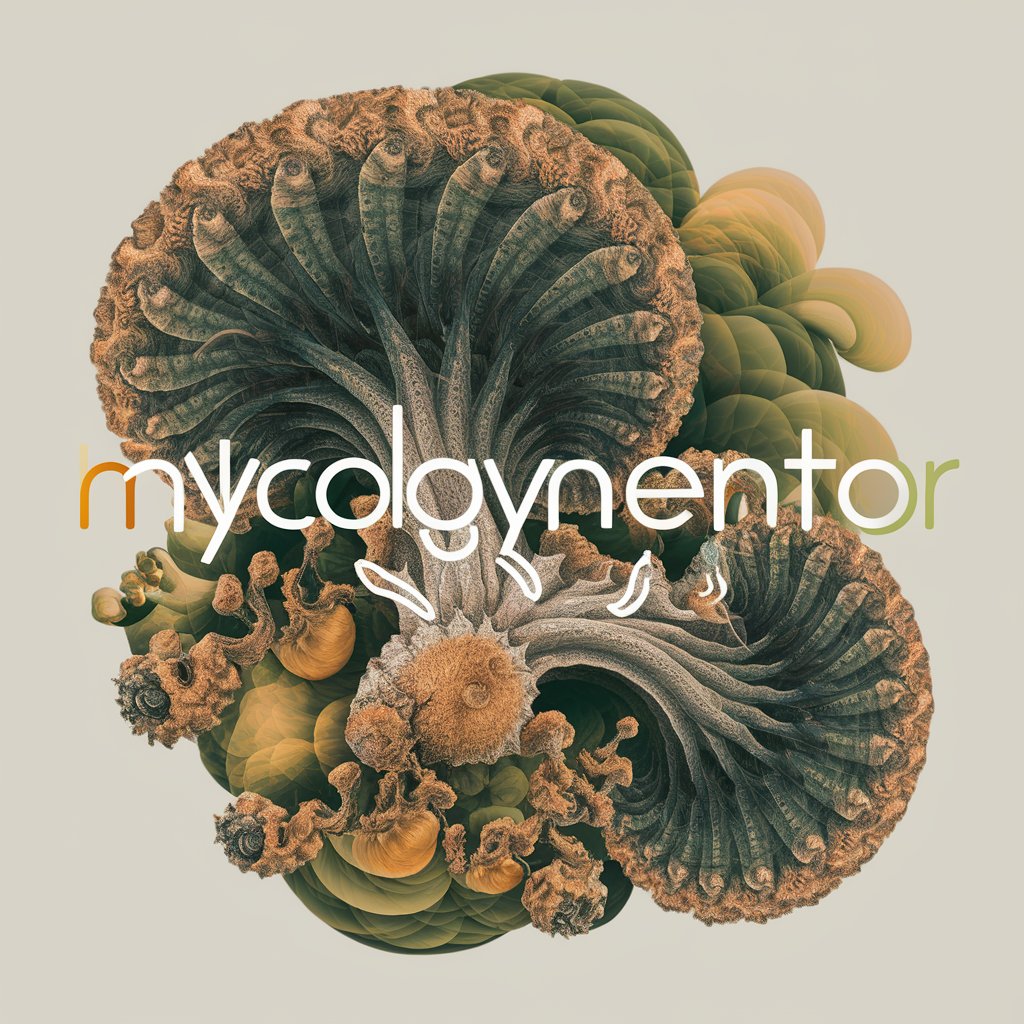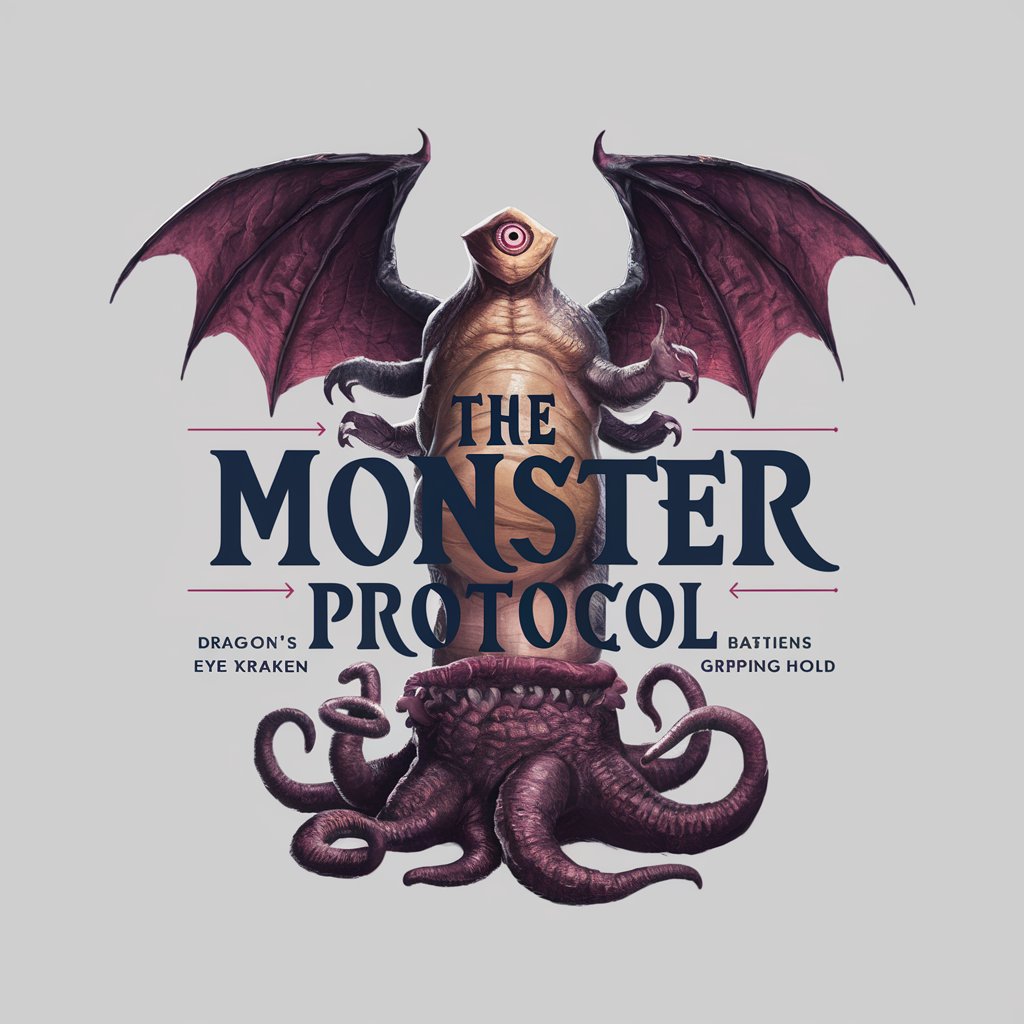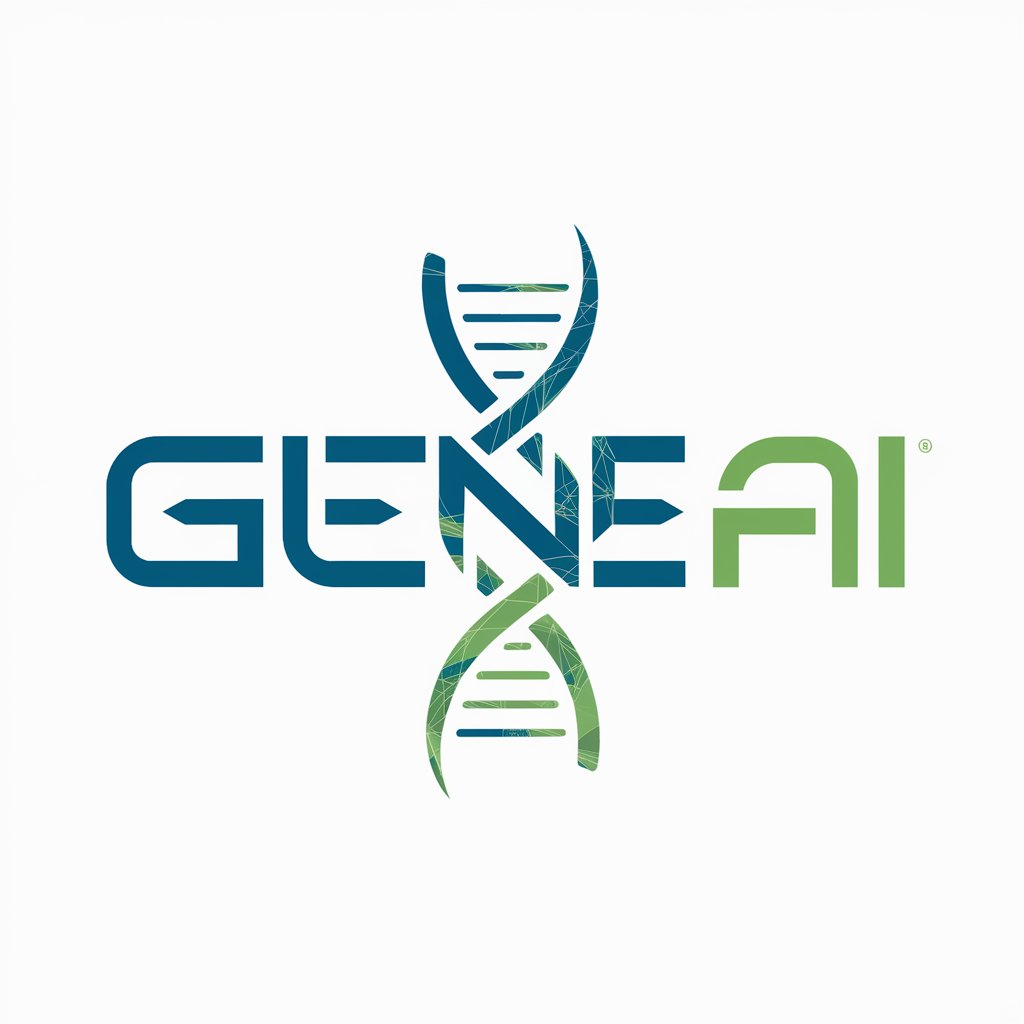
Monarch Initiative - Gene-Disease Associations Explorer
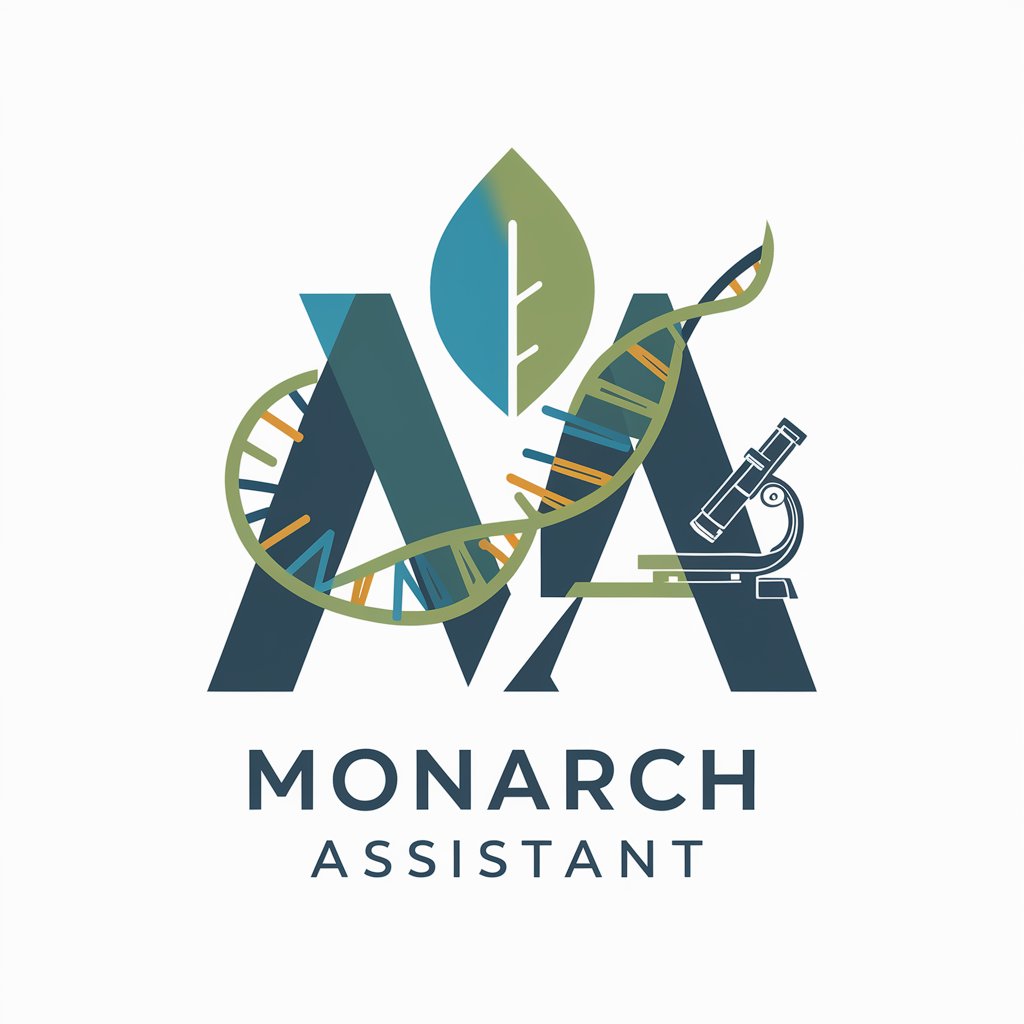
Hello! How can I assist with your biomedical queries today?
Unlocking the Genetics of Disease with AI
Explain the relationship between a gene and a disease.
What are the symptoms associated with a specific illness?
Find the genetic associations for a given phenotype.
Describe the phenotypic qualities of a particular disease.
Get Embed Code
Overview of the Monarch Initiative
The Monarch Initiative is an integrative data and analytics platform designed to provide insights into the genetics, molecular mechanisms, and phenotypic expression of diseases and related biological processes. Its core mission is to bridge the gap between genotype and phenotype, facilitating the understanding of how genetic variations lead to observable traits, particularly in the context of rare and complex diseases. By aggregating and integrating data from multiple sources, including model organisms, human diseases, and genetic information, the Monarch Initiative offers a comprehensive resource for researchers, clinicians, and patients to explore the connections between genetic anomalies and manifested symptoms. For example, a researcher investigating a rare genetic disorder can use the platform to find all known symptoms (phenotypes) of the disorder, identify related genetic mutations, and explore similar phenotypes in different species to understand the disease’s underlying biology and potential treatment avenues. Powered by ChatGPT-4o。

Core Functions of the Monarch Initiative
Entity Search and Identification
Example
A clinician researching Parkinson’s disease can search for it within the Monarch database to retrieve the disease's identifier, associated genes, and known phenotypic features.
Scenario
This function is crucial for accurately identifying and linking diseases, genes, and phenotypes, enabling users to explore detailed information about specific biological entities and their interrelations.
Association Retrieval
Example
A geneticist can use the platform to find associations between a specific gene and its related diseases, allowing them to investigate the gene’s role in disease pathology and potential therapeutic targets.
Scenario
This helps in understanding the genetic basis of diseases and the phenotypic outcomes of genetic variations, supporting research in genomics and personalized medicine.
Data Integration and Analysis
Example
Biomedical researchers can integrate data from various sources on the Monarch platform to analyze phenotypic similarities across different species, aiding in the discovery of model organisms for studying human diseases.
Scenario
This function supports comparative genomics studies and helps in identifying conserved pathways and potential analogs between model organisms and humans, facilitating translational research.
Target User Groups for Monarch Initiative
Researchers and Academics
These users, including geneticists, molecular biologists, and bioinformaticians, benefit from the Monarch Initiative’s comprehensive datasets and analytical tools to conduct research on gene-disease associations, phenotype-genotype correlations, and evolutionary biology.
Healthcare Professionals
Clinicians, genetic counselors, and other medical practitioners use the platform to understand the genetic underpinnings of diseases, aid in diagnosis, and tailor treatment plans based on the genetic and phenotypic information provided by the Monarch Initiative.
Patients and Advocacy Groups
These groups use the platform to gain a better understanding of specific diseases, especially rare and genetic disorders, facilitating informed discussions with healthcare providers and supporting patient advocacy and education efforts.

How to Use the Monarch Initiative
Start Exploring
Begin by visiting yeschat.ai for a no-cost exploration without the need for logging in or subscribing to ChatGPT Plus.
Identify Your Query
Determine the specific information you need, whether it’s about a gene, disease, or phenotype. Knowing the exact entity or association you're interested in will guide your search.
Use Search Functionality
Utilize the search feature to find entities by name or ontology identifier. You can search within categories such as diseases, genes, and phenotypes to narrow down results.
Explore Associations
Investigate associations between entities, such as diseases and genes, or phenotypes and diseases, to understand their connections and the biological basis of diseases.
Leverage Advanced Features
Take advantage of the semantic similarity search to find entities with similar phenotypic profiles, enhancing your research or clinical diagnostics.
Try other advanced and practical GPTs
BGPS AI Initiative Roadmap Builder
AI-powered insights for successful transformations

Roll Initiative Combat Tracker
Streamline your game with AI-powered combat tracking.
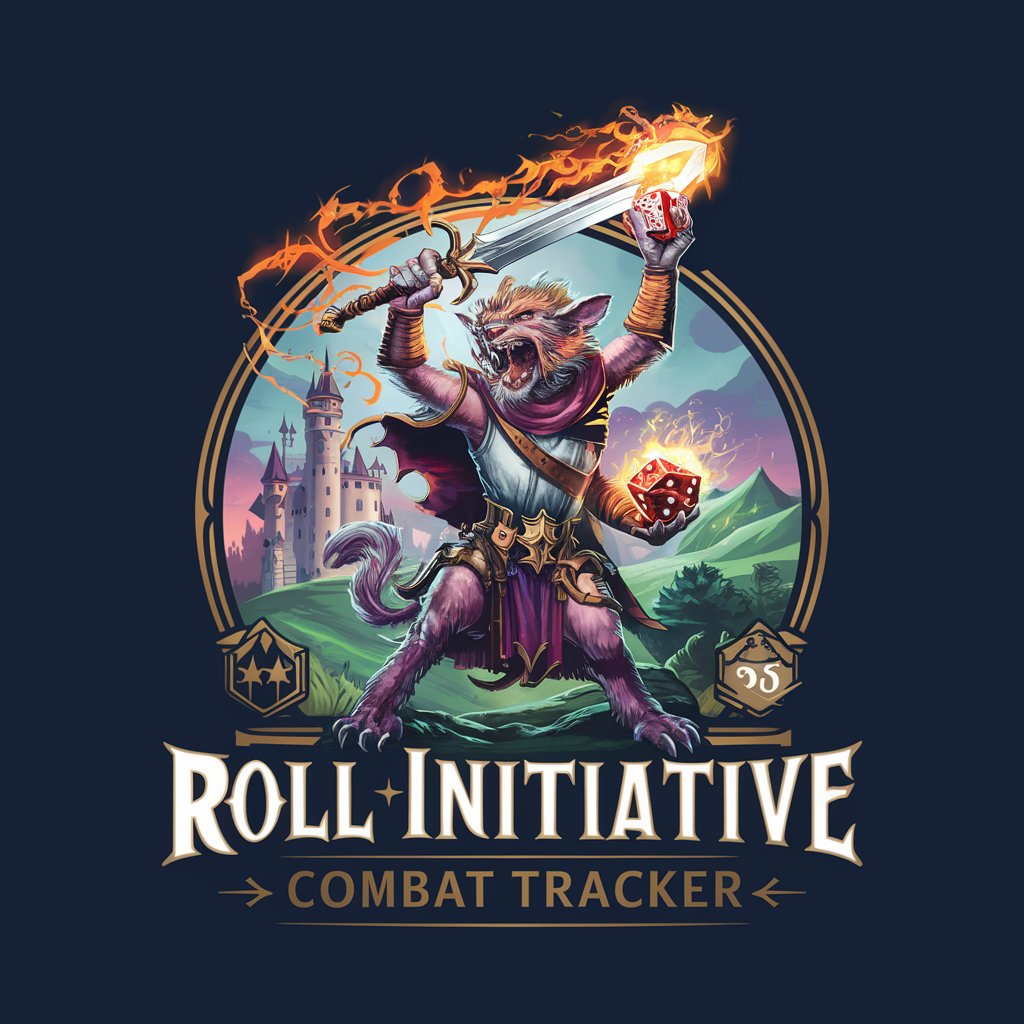
Prometheus Initiative
Experience Mars, Shape Its Future
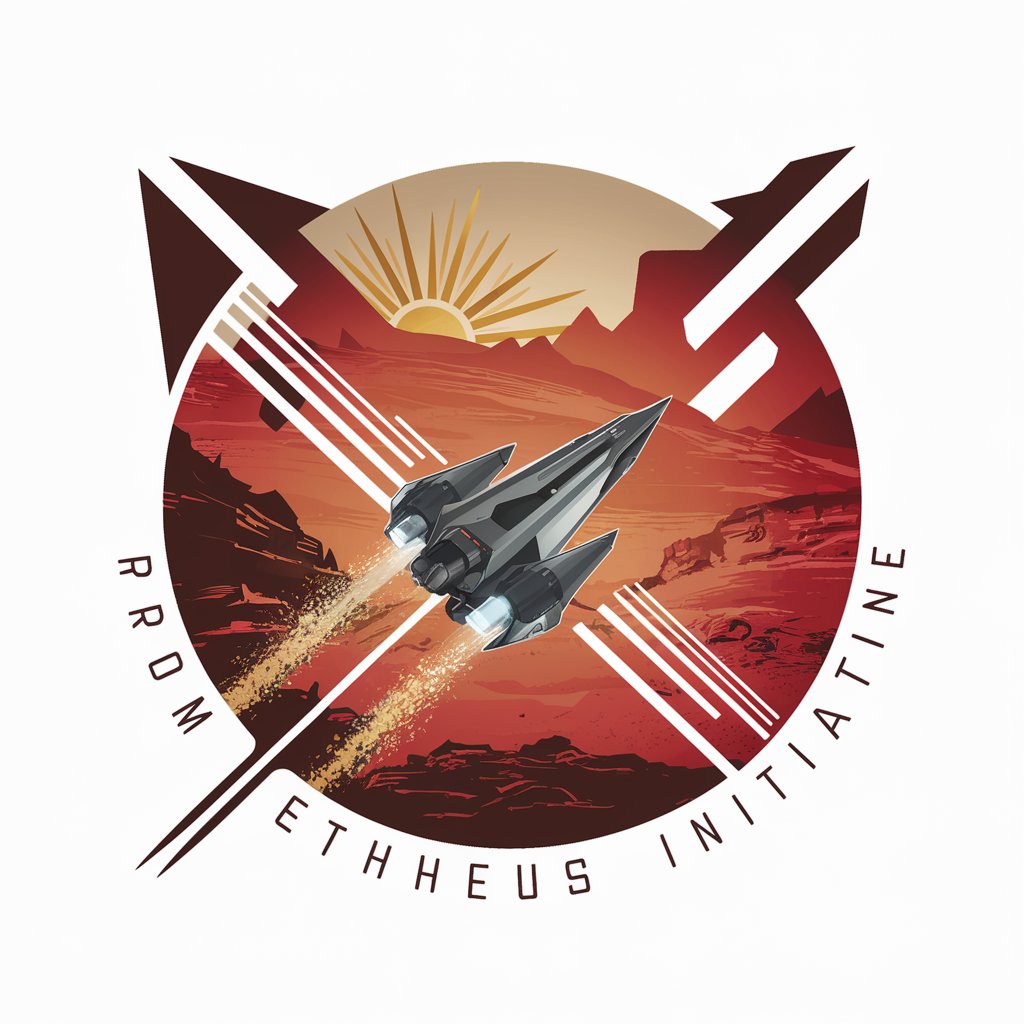
AcadeGPT
Empower Learning with AI Insight
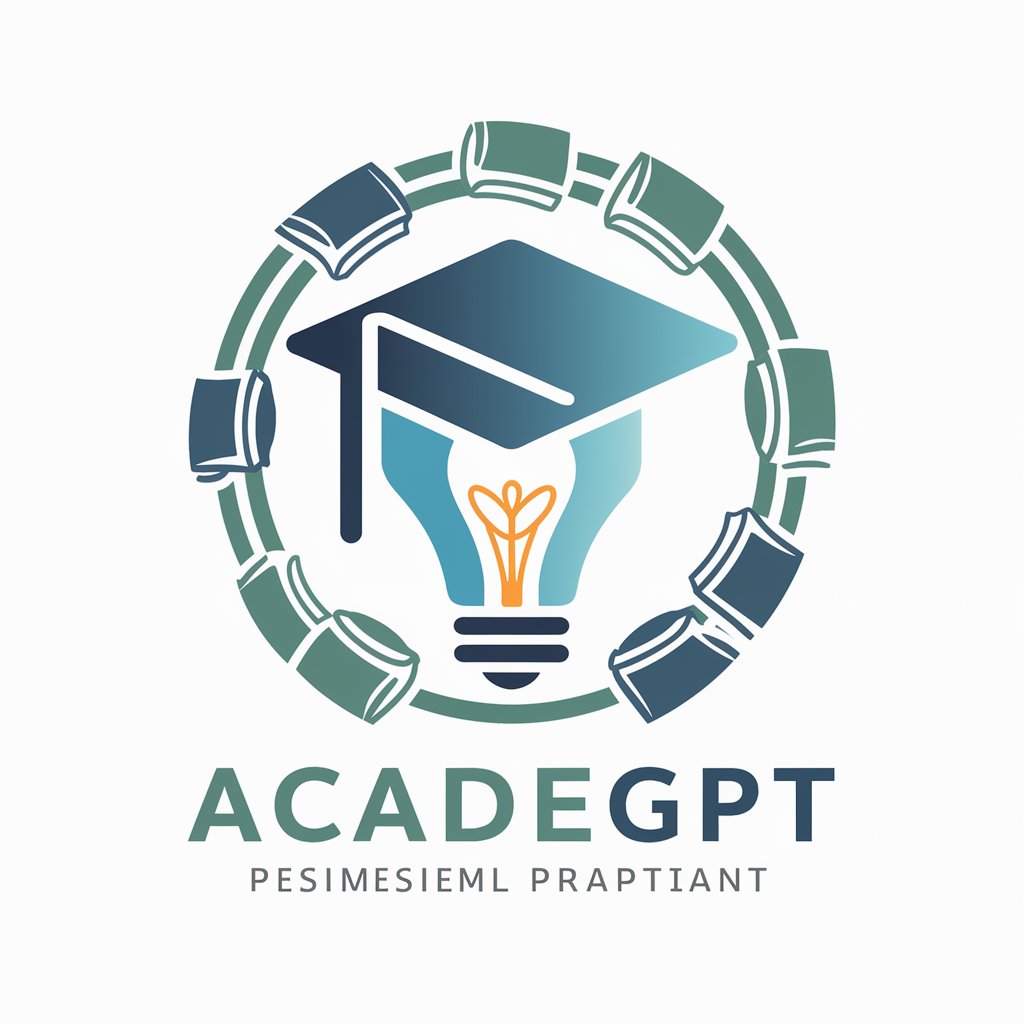
Quantum Knight: The Bruce Wayne AI Initiative
Harnessing Quantum Power for AI Solutions

Global Reforestation Drone Initiative Expert
Revitalizing Forests with AI-Powered Drones

Float
AI-driven Content Categorization

CS2 Float Finder
Discover Your Skin's True Value

北九州市ボット
Navigating Kitakyushu with AI Efficiency

GMボット
Automate your adventure with AI
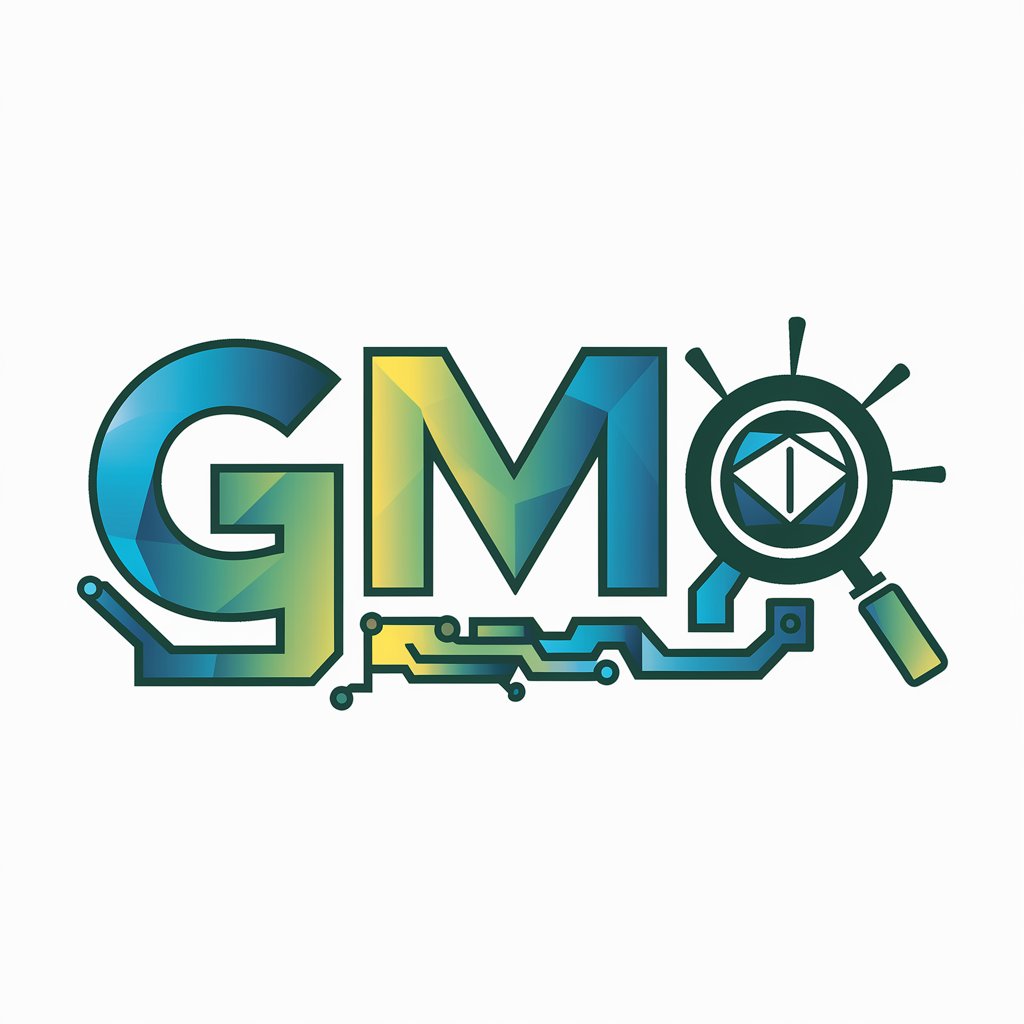
忘年会用ボット
Crafting Your Vision with AI Precision

テクノロジー ニュース ボット
Tailored Tech News at Your Fingertips

Frequently Asked Questions About the Monarch Initiative
What is the Monarch Initiative?
The Monarch Initiative is an integrated data and analysis platform connecting phenotypes to genotypes across species, aiming to bridge the gap between genetic understanding and clinical application.
How can I find information on a specific gene?
Use the search functionality to enter the gene's name or symbol. The system will return relevant information, including its ontology identifier, associated diseases, and phenotypes.
Can I use the Monarch Initiative for clinical diagnosis?
While it's a valuable research tool, it's not certified for clinical diagnosis. It can provide insights and support clinical decision-making but should be used in conjunction with professional medical advice.
Is there a way to compare phenotypic profiles?
Yes, the semantic similarity search feature allows you to compare phenotypic profiles of different entities, helping in identifying potential disease models or therapeutic targets.
How do I stay updated with new features or data?
Regular updates and new features are often announced on the platform's website and through community forums. Engaging with the community can also provide valuable tips and insights.
